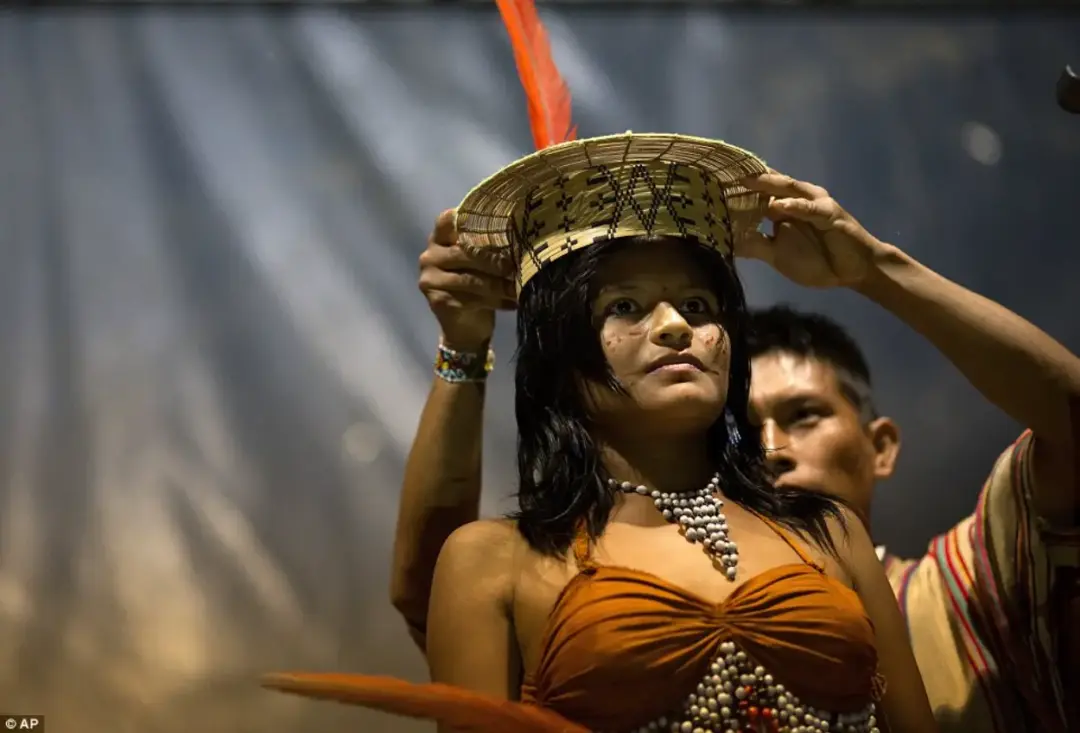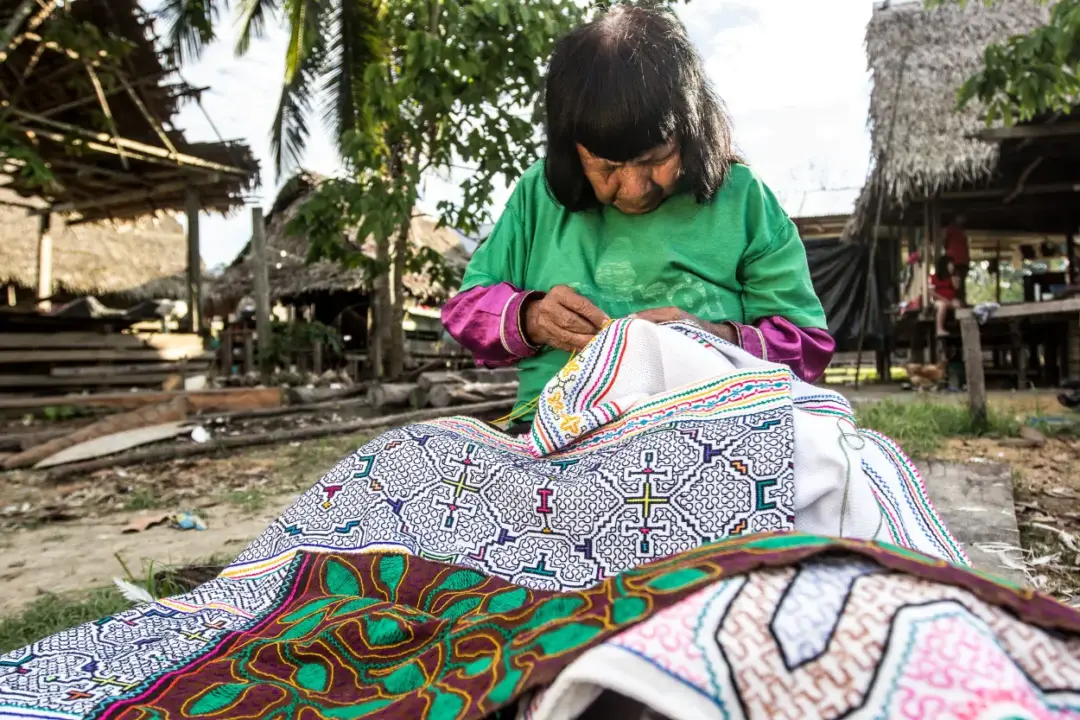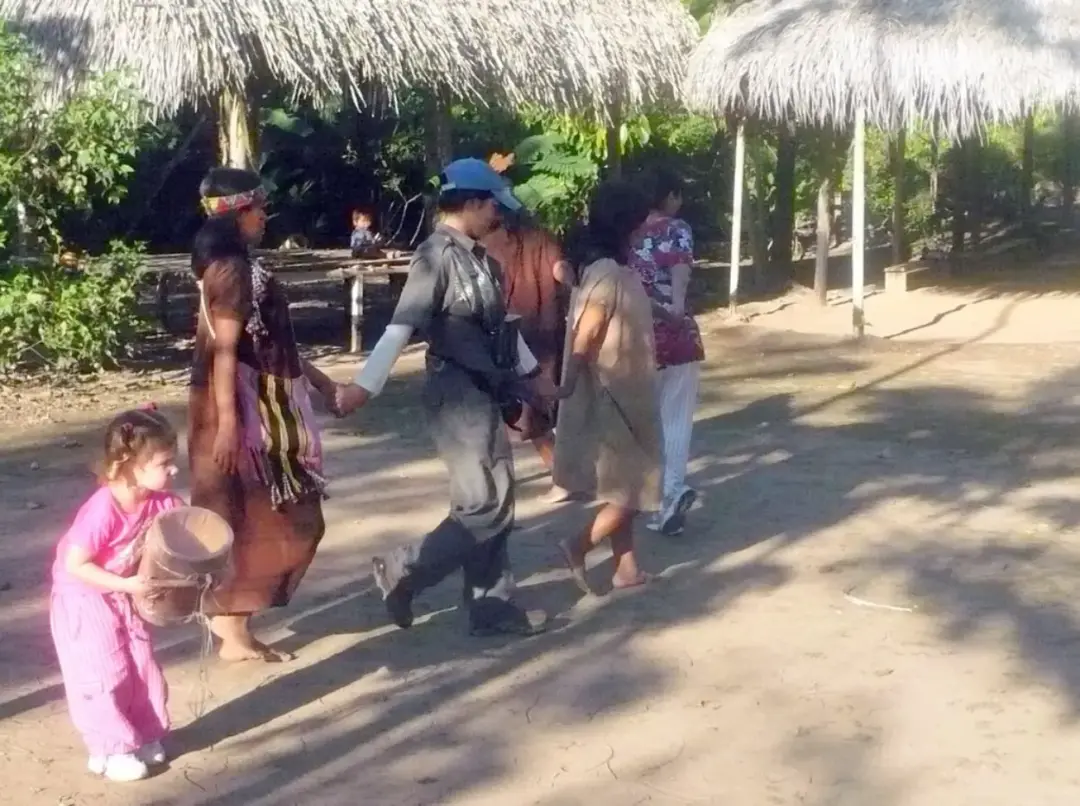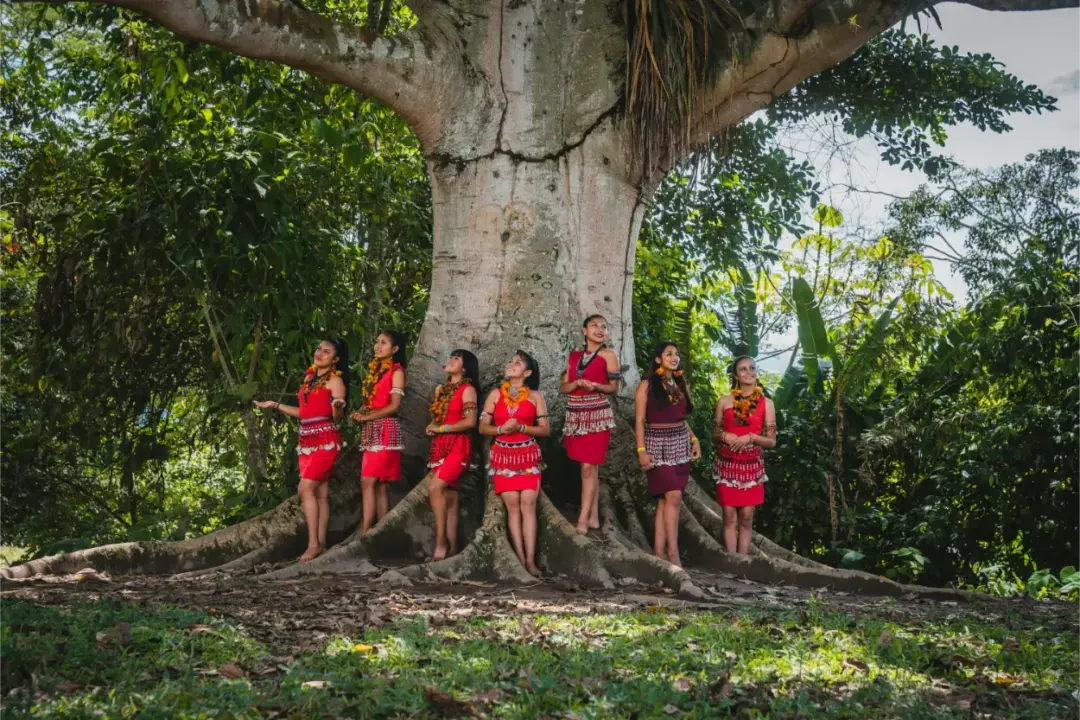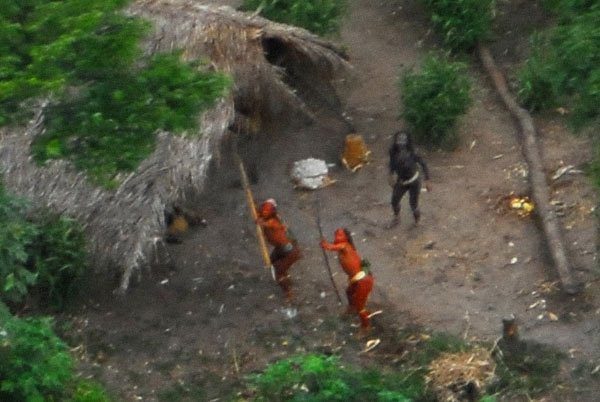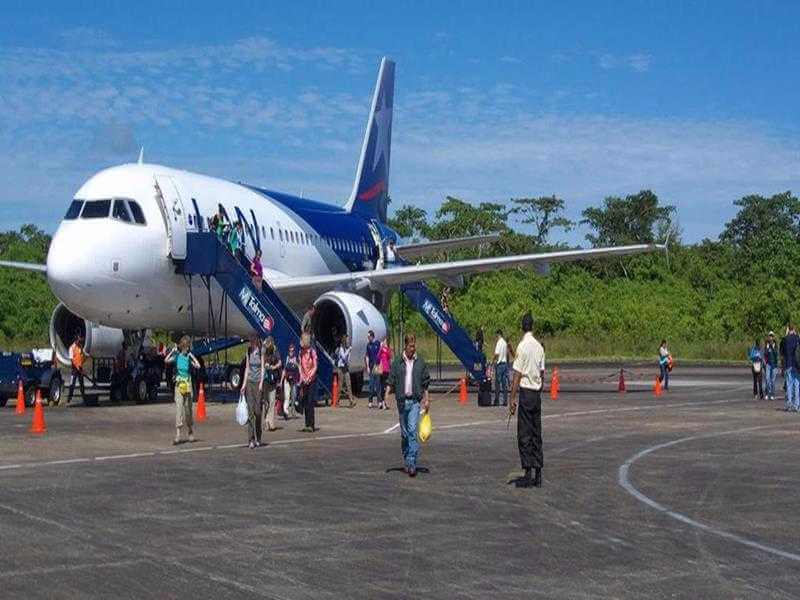The Native Community Infierno is located in the region of Puerto Maldonado, in the heart of the Peruvian Amazon. This community, which is part of the Ese Eja ethnicity, is not only a testament to the rich Indigenous cultural heritage but also an example of how to live in harmony with nature. In this article, we will explore the history, culture, traditions, and ecotourism opportunities that this wonderful community offers.
An Overview of the History of the Native Community Infierno
The Native Community Infierno has deep roots in the history of the Amazon rainforest. Its formation dates back to the time when Indigenous peoples began to organize and establish territories in response to European invasion and the subsequent extraction of natural resources.
Origins and Foundation
The Native Community Infierno was founded in the 1980s by a group of Ese Eja Indigenous people. Its name, “Infierno” (Hell), comes from the small island on the river where they originally lived, known for its warm climate and lush vegetation. Over the years, this community has faced significant challenges, including territorial conflicts and threats to their traditional way of life.
Culture and Traditions of the Community
The culture of the Native Community Infierno is imbued with ancestral traditions. This cultural connection is manifested in various areas, including gastronomy, clothing, and music.
Traditional Gastronomy
- Native Ingredients: The community’s diet is based on local products, such as fish, bananas, cassava, and jungle fruits.
- Culinary Preparations: The inhabitants typically prepare traditional dishes, such as juane and maíz chicha, which are integral parts of their festivities and family gatherings.
Clothing and Craftsmanship
Members of the community usually wear clothing made from natural materials, such as cotton and plant fibers. Their clothing is not only functional but also reflects their cultural identity.
- Colors and Designs: The intricate textiles are rich in vibrant colors and symbolic designs that tell the stories of their ancestors.
- Craftsmanship: The community’s handicrafts include products like pottery, necklaces, and baskets, all handcrafted with a high level of skill.
Spiritual Practices and Beliefs
The spirituality of the Native Community Infierno is deeply rooted in their connection to nature. They believe that all elements of the jungle, from trees to rivers, are alive and possess a spirit.
- Shamanism: Shamans, or spiritual leaders, are central figures in the community, guiding their members in rituals and healing.
- Rituals: The community participates in ceremonies that celebrate life, death, and the connection to the land, using traditional dances and music.
Ecotourism in the Native Community Infierno
One of the most important initiatives of the Native Community Infierno has been the development of ecotourism. This approach not only provides them with a source of income but also allows visitors to experience their cultural traditions and natural environment sustainably.
Tourist Activities
Visitors to the community can participate in a variety of activities that allow them to learn about life in the jungle and the Ese Eja culture:
- Hiking: Trekking through jungle trails, where local guides explain the native flora and fauna.
- Visits to Conservation Projects: Learning about the efforts the community undertakes to protect their natural environment and promote sustainability.
- Cultural Interaction: Participating in workshops where one can learn about the community’s crafts, gastronomy, and traditions.
Economic and Cultural Benefits
Ecotourism has allowed the community to generate income and improve their quality of life. Through the sale of artisanal products and the provision of tourism services, community members have been able to invest in education and health.
Moreover, ecotourism has fostered a renewed interest in their cultural traditions, as both community members and visitors value the importance of keeping these ancestral practices alive.
Challenges and Future Opportunities
Although the Native Community Infierno has made significant progress, it also faces considerable challenges. Deforestation, illegal mining, and other environmental issues continue to threaten their natural habitat.
Promotional Actions
- Environmental Awareness: The community is involved in campaigns to educate about the importance of rainforest conservation.
- Collaborations: They establish partnerships with non-governmental organizations and local governments to strengthen their territorial defense capacities.
Conclusion
The Native Community Infierno is an inspiring example of resilience and love for the land. Their culture, traditions, and commitment to conservation teach us the importance of protecting the environment and valuing cultural diversity. By visiting this community, one not only experiences a unique way of life but also contributes to the preservation of one of the most biodiverse environments on the planet.
We invite everyone to explore, learn, and respect the way of life of the Native Community Infierno, where every person, tree, and river tells a story that deserves to be heard. 🌿🌎

